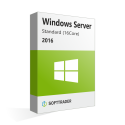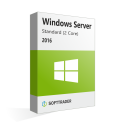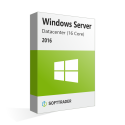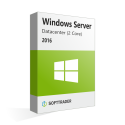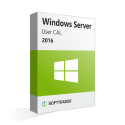Buy Windows Server 2016
What is Windows Server 2016?
Windows Server is an operating system that runs servers. Servers, as you may know, are specialised computers that typically operate within the client-server network. The server then handles requests from clients on the network. The server operating system allows other applications to run on the hardware, such as a print or a mail server.
Windows Server 2016 Standard or Datacenter?
Do you need a Windows Server 2016 license, but have no idea which edition to choose? Microsoft Windows Server licenses for businesses come in two versions: Datacenter and Standard Edition. One of the main differences between these versions of Windows Server is that with Windows Server Datacenter you have an unlimited number of virtual machines, while Windows Server Standard has a maximum of 2.
Windows Server 2016 Standard or Datacenter?
Do you want to purchase Windows Server 2016 but are uncertain of the edition you want? There are two types of Microsoft Windows Server licenses available for commercial use: Datacenter and Standard edition. The ability to employ an unlimited number of virtual machines with Windows Server Datacenter as opposed to a maximum of two with Windows Server Standard edition is one of the key distinctions between these two versions of Windows Server.
Windows Server 2016 Standard vs Datacenter:
Check the table below for the differences between Windows Server 2016 Standard and Windows Server 2019 Datacenter:
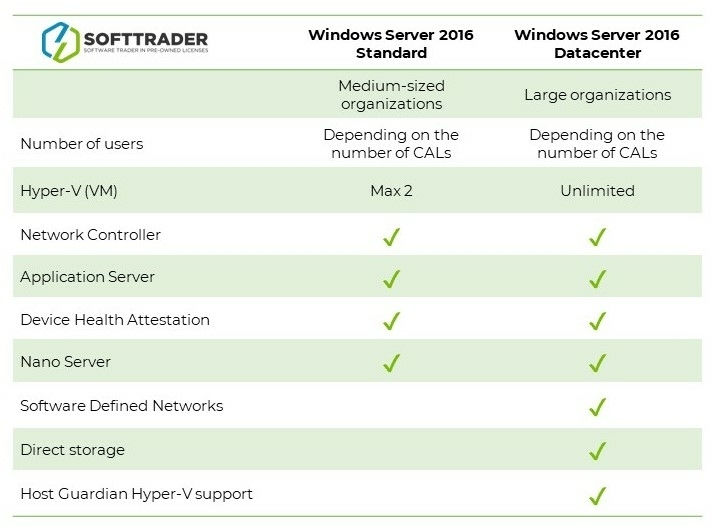
When will support for Windows Server 2016 end?
Make sure you purchase a version of Windows Server that receives adequate support from Microsoft. This includes standard support (updates) and extended support (security). Note that the standard support ends first. For Windows Server 2016 end of life dates are:
Standard support end date: already expired
Extended support end date: 12-01-2027
CALs for Windows Server 2016
The abbreviation CAL stands for "Client Access License" and describes a license that allows the access to Windows Server 2016. Each user or device needs to have an appropriate CAL license to access the server. See the options below:
Windows Server 2016 User CAL: What is it?
With the User CAL license you pay for each user who accesses the server. Let’s assume that one of your employees needs access to the server via multiple, different devices. Then that user will need a User CAL license which can be purchased in addition to the Server license.
Windows Server 2016 Device CAL: What is it?
Device CAL licensing means that you pay for each device that accesses services through the server. This is particularly advantageous if you only want to use the license on one device or if you have more devices than users, because in the latter case the license is cheaper.
How to access Windows Server 2016 remotely?
Microsoft’s licensing agreement requires that users acquire standard User or Device CALs to license their access to Windows Server 2016. Additionally to the standard CALs, many companies opt for remote access to Windows Server 2016 with Remote Desktop Services (RDS) CALs. The licensing rule of thumb is the same as the one for standard CALs – the lower amount (Users or Devices) is licensed. For example, if your company relies mostly on part-time or shift workers, then RDS Device CALs (additionally to the standard Device CALs) would be more cost-efficient than RDS User CALs. In case the users who need to access Windows Server 2016 remotely are a few, work remotely or use multiple devices, then RDS User CALs (additionally to the standard User CALs) would be the budget friendly option. In principle you can license all users and devices, however this is not necessary and might be more expensive than licensing only one of the two. The only case where the licensing cost would not differ depending on whether you license users or devices is when the two are equal.
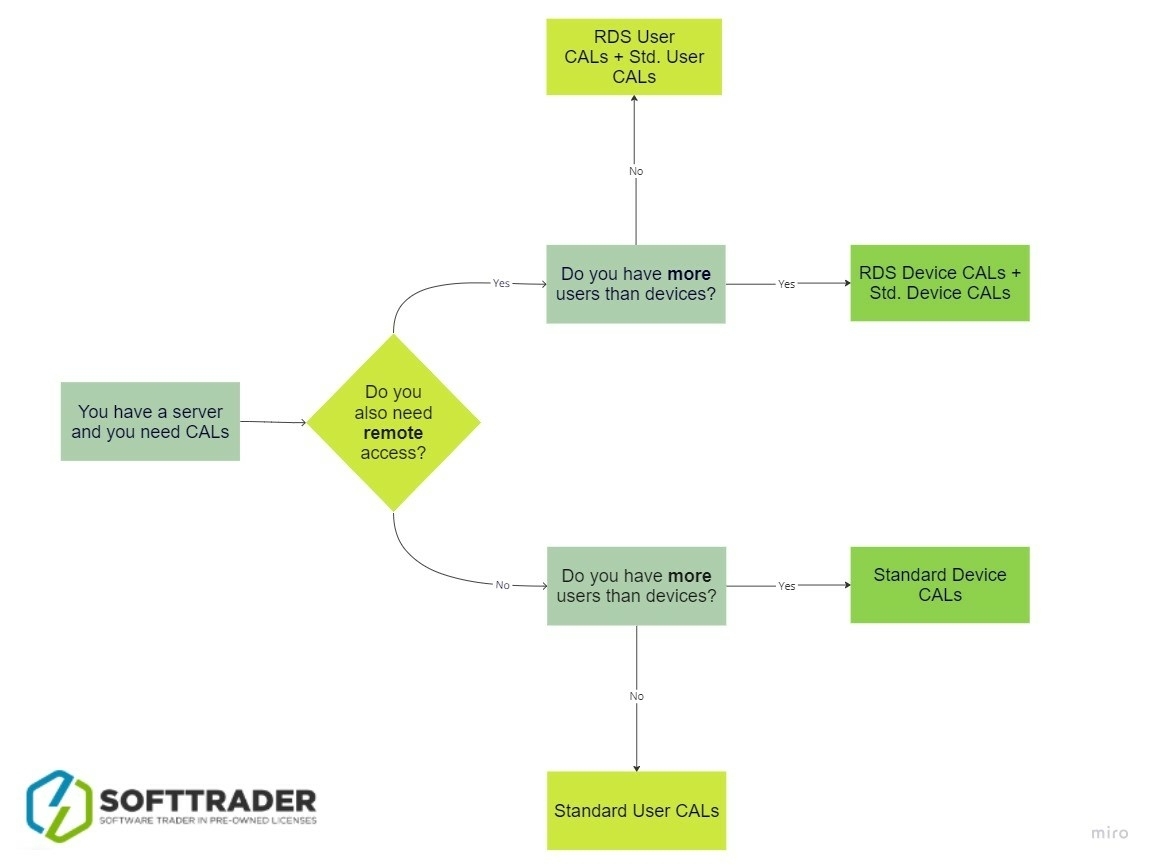
Please note that CAL licenses are NOT included with Windows Server 2008, 2012, 2016, 2019 or 2022 licenses and must be purchased separately.

